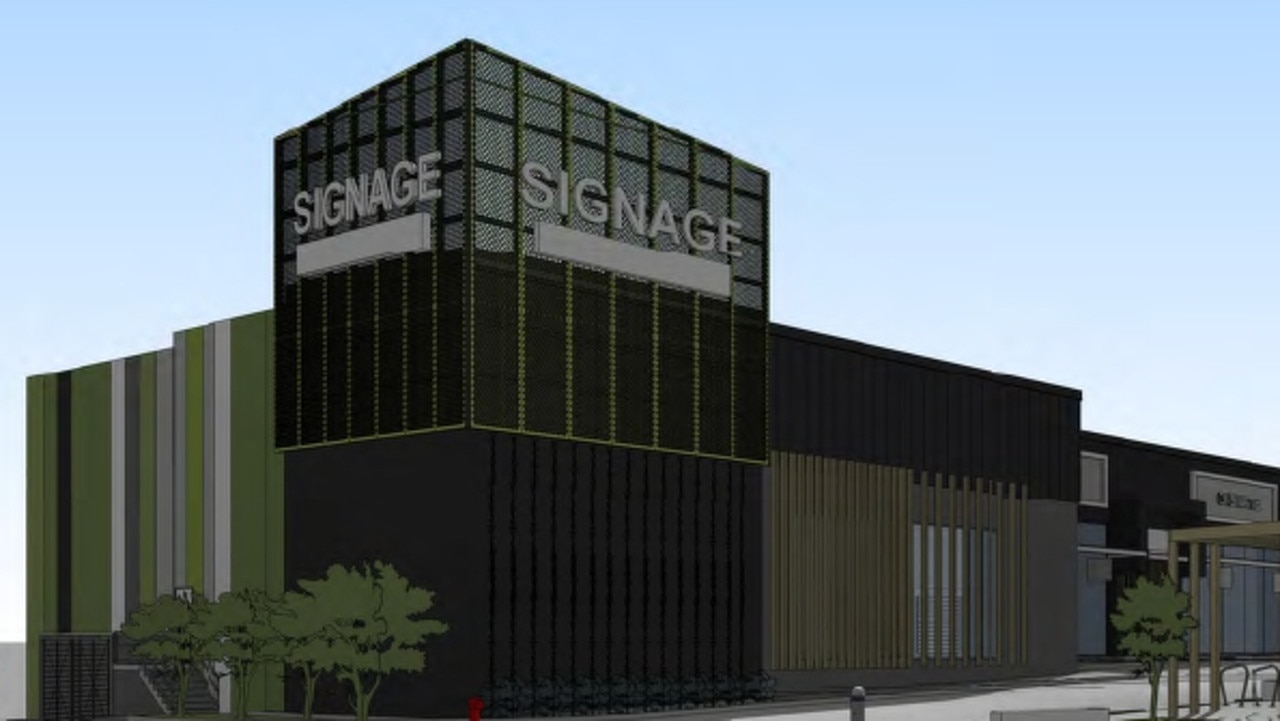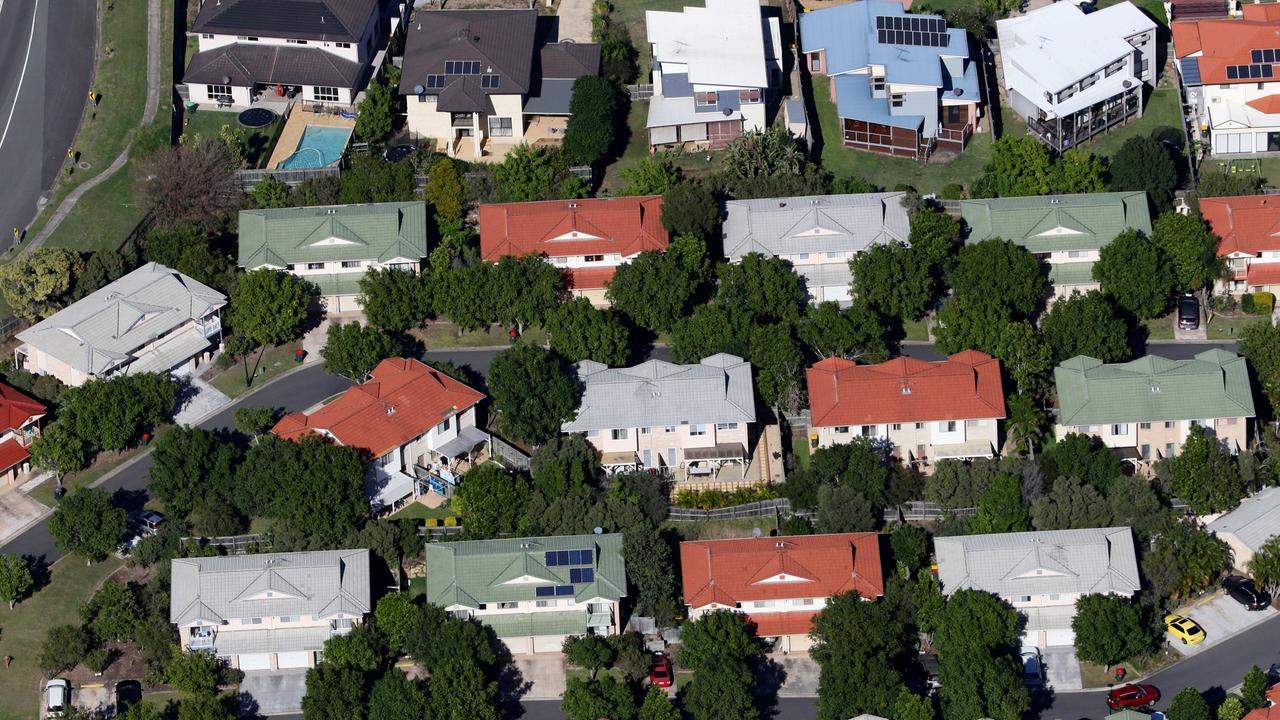Where Aussie house prices could rise to by 2028 if history repeated itself
The pandemic and ever-rising interest rates helped drive house prices across Australia to record highs. So what would prices in your suburb look like in 2028 if history repeated itself?
We know all too well how Aussie house prices have performed over the past few years, but what will the market look like come the end of the decade?
We can’t gaze into a property crystal ball for answers, but we can use data on what prices might look like if the most recent price trends continue.
RELATED: Rents still rising as landlords with ‘jitters’ prepare to sell
Young, rich, crypto bros dominate big home deals
20 best Aussie best suburbs to invest in property right now
Using data from PropTrack, the national real estate team examined where Australia’s next million-dollar suburbs could be, if the enormous growth seen in Melbourne, Sydney, Adelaide and Brisbane over the past five years is repeated in the next five years to 2028.
This report is not intended to be relied on as a forecast for what home prices will do, rather shows what they could do if history were to repeat itself.
Here’s a look at what house prices might look like in your suburb in 2028.
ADELAIDE
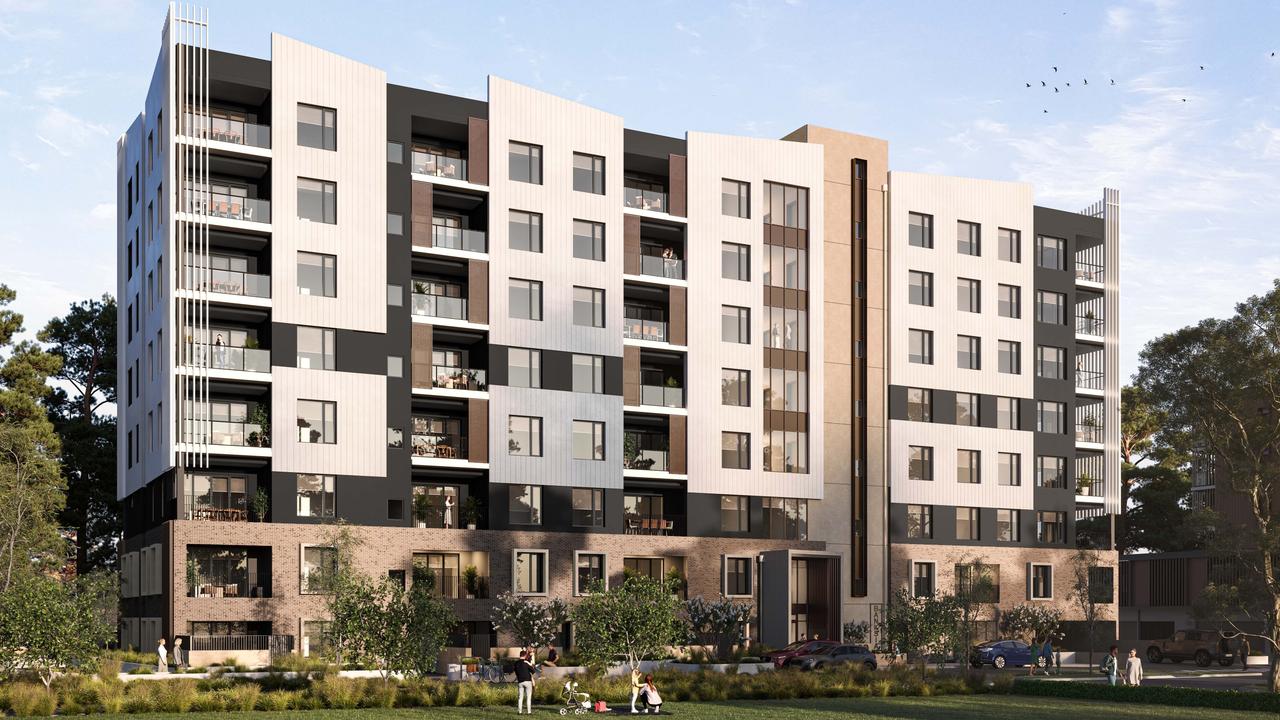
Adelaide’s median house price is currently $615,000 and, according to the PropTrack data, has increased by 43 per cent over the past five years.
As Tom Bowden reports, if that rate of growth were to be repeated over the next five years, the city’s median would climb to $880,000.
Glenside, on Adelaide’s eastern fringe had the greatest price spike over the past five years, increasing by 135 per cent, meaning that if the trend continues to 2028, the median cost of a home in that suburb will climb from $953,000 to $2.237m.
The median in Kensington Gardens, in the city’s leafy east, would rise by 103 per cent from $980,000 now to $1.99m in 2028.
Alexander Real Estate director Steve Alexander told The Advertiser the huge growth in the property market in recent years was out of character for SA, which was usually characterised by slow and steady capital appreciation.
“The growth pattern we’ve seen historically over multiple decades has been steady and slow growth,” Mr Alexander said.
“We’ve not seen anything drive the market quite like the pandemic has over the past three years – rate reductions do, but not to the same effect the pandemic did,” he said.
“That altered so many things in regards to how we live and it’s safe to say we’re not likely to see those sorts of changes in the market again without a world event like that, but it’s given us prices that we think we’ll continue to see and I think there’s some further steady growth in the market in the future.”
Read the Advertiser’s full report on what your home could be worth in 2028.
MELBOURNE
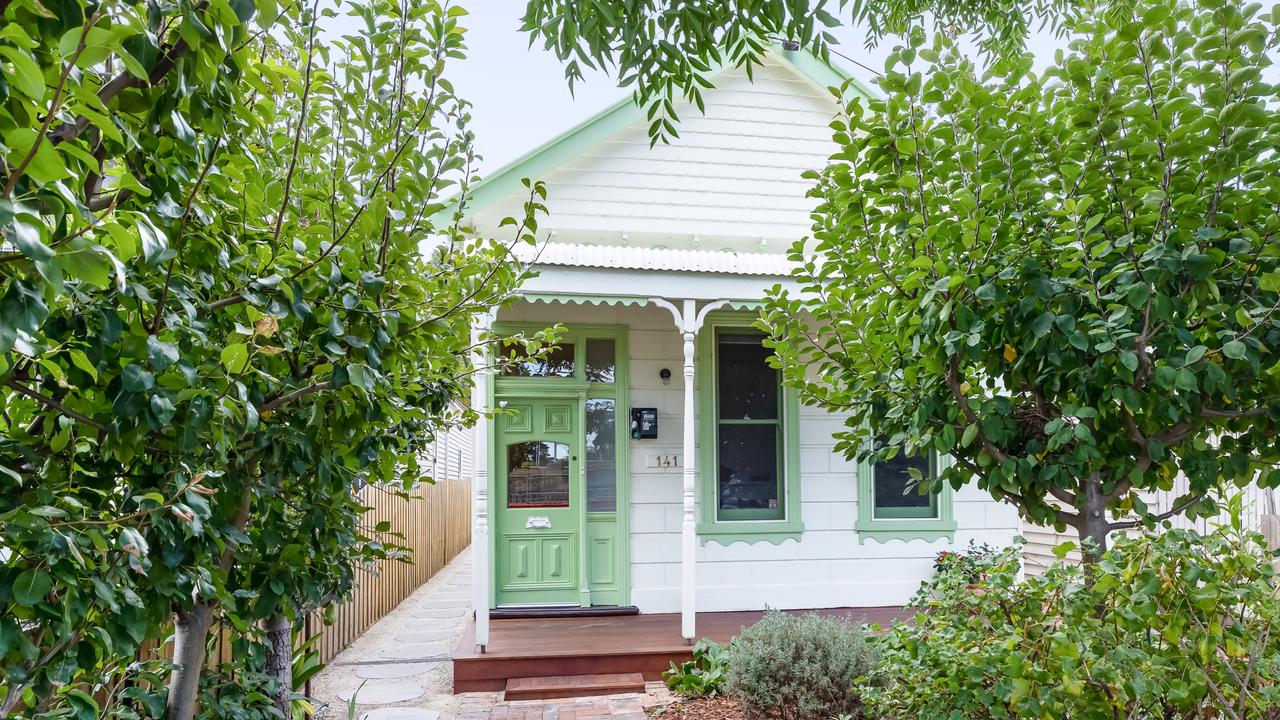
According to PropTrack data, the median price of a home in Melbourne’s inner-north and northeastern suburbs could soar by as much as 60 per cent if the growth seen over the past five years was repeated.
As the Herald Sun reported, that would mean the median price of a home in the leafy northeast suburb of Eaglemont would rise from $2.248m to $3.607m — an increase just over 60 per cent.
Homeowners in Northcote and Fitzroy North would see the median price of a home in those suburbs rise by 45 per cent, if the growth seen over the past five years was repeated.
The Northcote median would rise from $1.235m to $1.729m, while the median in Fitzroy North would increase from $1.231m to $1.783m.
Jellis Craig Northcote director Richard Rose told the Herald Sun that while it was “hard to fathom” such significant price increases, there was strong buyer demand in both suburbs.
And while the PropTrack report suggests that the median price of a home in many suburbs could be significantly higher than today, in some suburbs, prices might fall.
The modelling shows that prices in some of Melbourne’s premium suburbs, such as
Toorak, Princes Hill and Middle Park could fall by 2028.
But PropTrack senior economist Paul Ryan said that wasn’t to suggest a decline in property values but instead reflected higher density development in some of those suburbs.
“You think of Toorak, it’s huge blocks and huge stately residences. It’s difficult to build the kind of homes that those suburbs are known for,” Mr Ryan said.
“Rather than those suburbs being any less desirable, it’s more that they’re becoming a little more accessible.
“This is how the city has to evolve when building more housing, and the easiest way to
do that is with higher density and that means smaller homes and smaller homes are cheaper.”
Read the Herald Sun’s full report on what your home could be worth in 2028.
BRISBANE
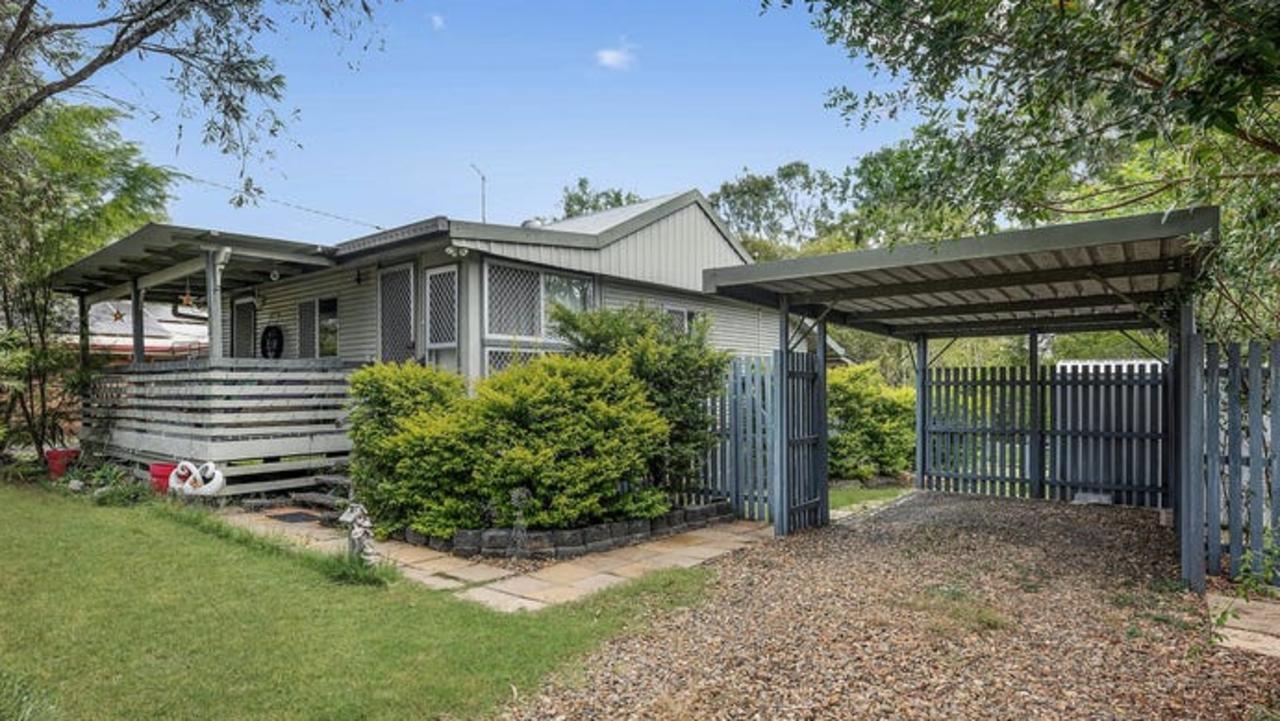
House prices in parts of greater Brisbane could increase by more than 70 per cent, the PropTrack modelling shows.
According to the analysis, homebuyers would need to find an extra $200,000 to meet the average cost of a home in the city, if prices grow at the same rate as the past five years.
In that scenario, the median would rise by 32 per cent to $845,000, the Courier Mail reported.
The report found that the suburbs in line to see the biggest potential growth were in Ipswich and in Brisbane’s west let by Churchill, where the median would rise from $450,000 to $779,000 by 2028.
Meanwhile, the median price of a home on the Gold Coast and Sunshine Coast would go over $1m, prices continued to rise at the same rate as they rose over the past five years.
If that came to pass, the median price for a home on the Gold Coast would hit $1.4m while the price of a home on the Sunshine Coast would reach $1.1m.
But PropTrack economist Paul Ryan said it was unlikely Queensland would see the same rates of growth as were recorded in the past five years, which were defined by the pandemic and a better economy.
“The past five years have been quite extraordinary,” Mr Ryan told the Courier Mail.
“2021 recorded the third fastest price growth Australia has seen since Federation. Part of the big driver of underlying home price growth over that period was low interest rates.”
Read the Courier Mail’s full report on what your home could be worth in 2028.
SYDNEY
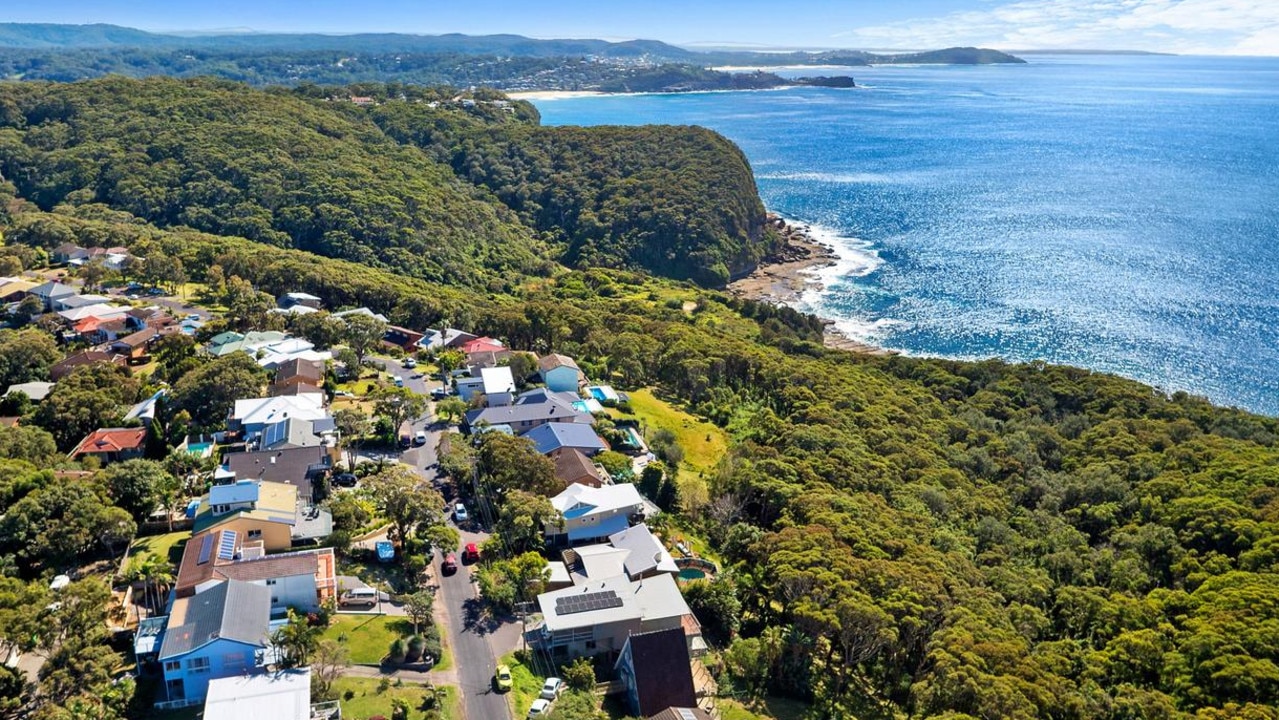
Million dollar units and $2m homes would be the new normal in Sydney in 2028 if prices grew at the same average annual rate as the last 10 years, PropTrack’s modelling shows.
In some suburbs, buyers would be paying double current prices, the Daily Telegraph reported.
The analysis for metropolitan Sydney was based on a decade’s worth of date, while projections for the suburbs were based on the trend over the past five years.
PropTrack economist Paul Ryan said while the modelling couldn’t be used to forecast future prices, because past performance was not reliable indicator of future prices, many of the factors responsible for driving up prices over the past decade were still at play.
According to the modelling, the average cost of a unit in metro Sydney would rise by 33 per cent, while the average cost of a house would increase by 54 per cent, meaning buyers would have to fork out millions of dollars more to buy into some areas.
The median price of a house in Greater Sydney would grow from $1.33m to $1.96m, while the median cost of a unit would rise from $750,000 to $916,000.
The biggest rises would be concentrated in coastal areas, which had become a magnet for remote workers and where there was limited scope for new housing.
Mr Ryan said, despite already-high prices and still-rising interest rates, the Sydney market was primed for more growth because demand for new housing was still outstripping supply.
Read the Daily Telegraph’s full report on what your home could be worth in 2028.
Sign up to our Real Estate Update. Click here to get the latest property market news delivered direct to your inbox.
MORE: Suburbs where you can get a home for similar prices to a decade ago
‘Hazardous’ trap snares renters as vacancies vanish
I went from rigging explosives to buying five homes
Originally published as Where Aussie house prices could rise to by 2028 if history repeated itself

